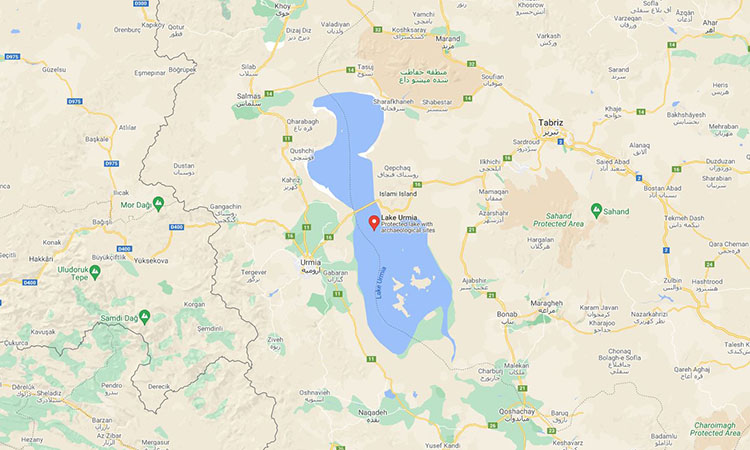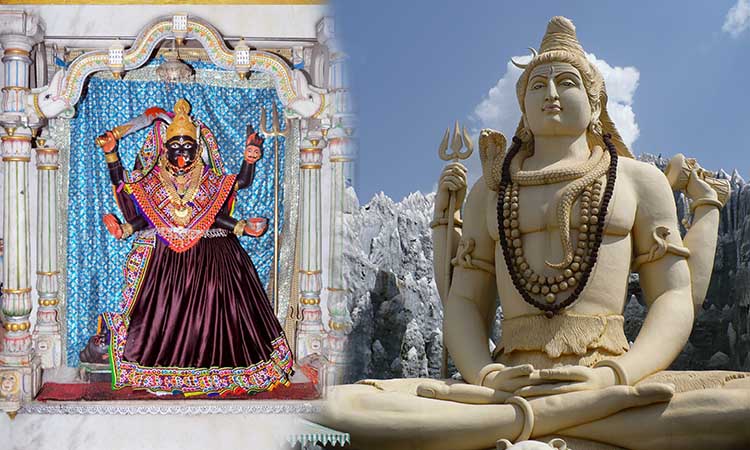There are so many lakes in the World. From that World’s largest lake is the Caspian Sea, and its expanded 371,000 Square Kilo Meter (km2). Lakes have their own stories, specialties, and so many secret things. Likewise, in Urmia, there is a lake, and that has exciting things to discover. Let’s get to know about that.
Lake Urmia is an endorheic salt lake situated between East Azerbaijan and West Azerbaijan in Iran. And it is located in the southern part of the World’s most extensive lake, the Caspian Sea. Lake Urmia’s surface area at around 5200 km2, length 140 km, width 55 km and the approximate depth is 16m. Lake Urmia is the 6th largest saltwater lake on the Earth. Lake Urmia has its own 102 islands, protected as a National park from the Department of Environment in Iran. Lake Urmia divided into two parts. One is north, and another one is south. And it is separated from a bridge called “ Urmia Lake Bridge”. Not only that, this bridge connected with a causeway and completed in 2008. When talking about the bridge, it provides a 1.5km gap. This bridge allows the small exchange amount of water between the two ends. Because of drought and the increasing demand for water for agriculture, the salinity of the basin of Lake Urmia risen, and larger areas become dry.
Most of the people in the World talk about the Red lake in Urmia. They identify Lake Urmia as Red lake. There is a reason for that. Anyway, Lake Urmia is a green colour lake like other lakes. But in NASA’s satellites captured, the colour changed to red. Let’s see what the reason is for that.


.
As per the researchers, In Lake Urmia’s water consist of Na+, K+, Ca2+, Li+ and Mg2+ and the main anions (An atom that has more electron than a proton) are Cl−, SO2−4, HCO−. Lake Urmia’s absorption rate of Na+ and Cl− is approximately four times higher than natural seawater. In the North part of Urmia Lake, the concentration of Sodium is slightly higher than when compared to the south part of the lake. The higher evaporation rate and the depth of the southern part of Lake Urmia, Or else Red Lake.
As mention before, Lake Urmia changed colour. This colour change usually happens in the spring and the early summer. It happens because of climate patterns and seasonal precipitation. In northwestern Iran, the spring season is the wettest season and rainfall generally peak in April. Because of the rain, snow that was staying on the nearby mountains melts in the spring season. After that, rain and snowmelt combine and fill the lake with fresh water. The above incident happens in April and the month of May. By mid-July, this process (collecting fresh water to the lake) becomes low, and the water level of Lake Urmia begins to drop. In this season salinity level of the lake is become decrease because of the freshwater. But at the end of July, it’s become saltier than before. The reason is the summer heat and the dryness of that area.
That is the time that Lake Urmia becomes RED Lake. As per the scientists, in this period, microorganisms become active. As per their research, two main groups involved converting green lake into Red lake. Those are called Dunaliella (a family of algae) and Halobacteriaceae (an archaic family of bacteria). But still, scientists didn’t identify which group (algae or bacteria) is the most participate in the change of the Urmia Lake from April to July. But the University of Stuttgart investigator found that the group algae, Dunaliella, should get responsibility and the group of bacteria, Halobacteriaceae, like culprits for this reason. He expresses that sensitive salinity can make the algae turn red due to protective carotenoids that it makes in its cells and water of the Lake Urmia marinated with salt and release red pigments that absorb light and convert it into energy for the bacteria to use”.
The following picture shows a map of Lake Urmia and if you would like to see this lake that will help you.
(Lake Urmia Map)






























